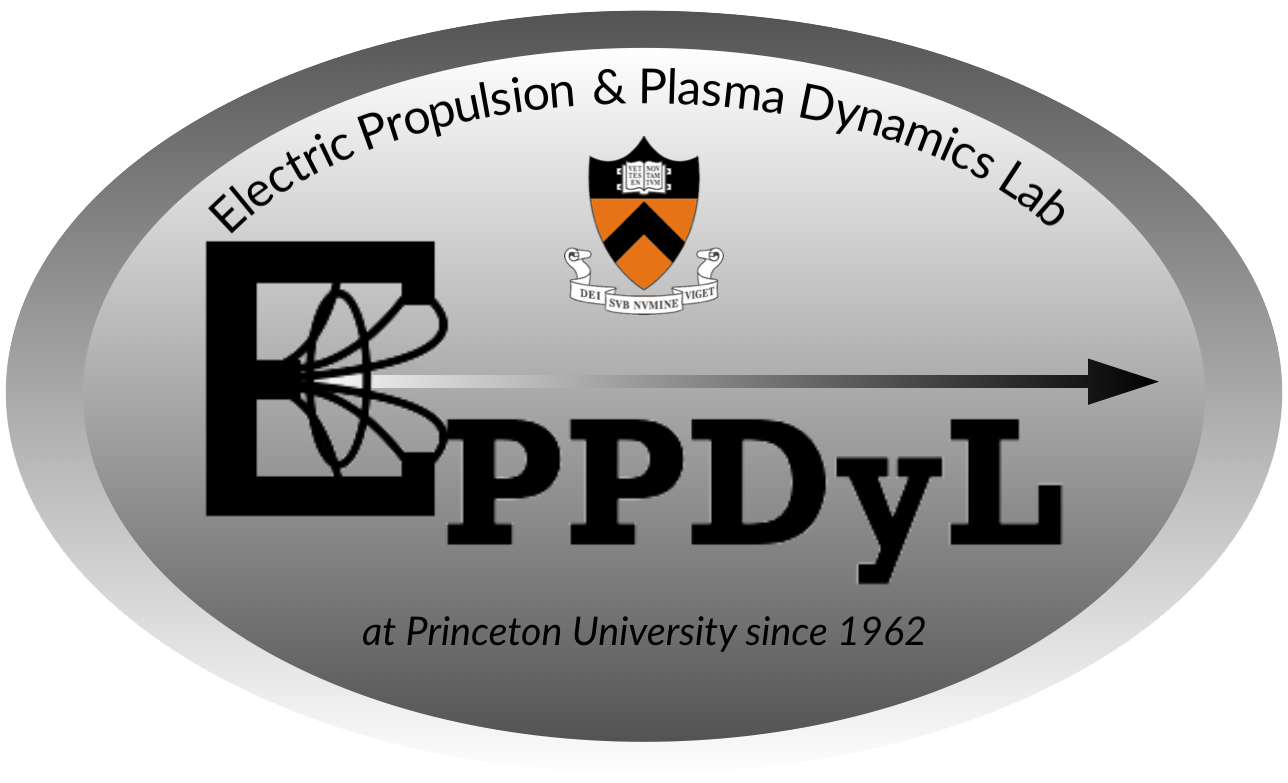The Active Wave Packet Injection Diagnostic for Measuring Plasma Dispersion Relations
Download
The Active Wave Packet Injection Diagnostic for Measuring Plasma Dispersion Relations
Abstract
A probe-based diagnostic which uses harmonically-rich wave packets to measure the dispersion relation in low-temperature laboratory plasmas is presented. Dispersion relation measurements provide the necessary experimental verification for theoretical models describing plasma wave physics; however, existing techniques exhibit fundamental and technical drawbacks some of which the Active Wave Packet Injection (AWPI) seeks to address. Using a frequency-domain analysis of ion-saturation-current probe time traces, which uses coherence metrics to identify wave propagation and interferometry to calculate wavenumber as a function of frequency, the AWPI diagnostic is developed to measure dispersion relations simultaneously at multiple frequencies.
A comb generating circuit is designed to excite harmonically-rich wave packets by producing tens of harmonics of an input square wave’s fundamental frequency. A proof-of-concept implementation of the diagnostic is used to measure the dispersion relation of electrostatic ion-cyclotron waves in a 250 W magnetized RF plasma source. In an argon plasma, the diagnostic is used to measure the perpendicular propagation and decay of electrostatic ion-cyclotron waves with wavelengths greater than ~3 cm and characteristic decay length-scales of 4.5-6 cm. The nearly three dozen simultaneously measured wavenumbers agree with the prediction of a fluid plasma wave model for frequencies spanning 6 harmonics of the ion-cyclotron frequency (20-120 kHz). In a helium plasma, the diagnostic is used to measure the perpendicular and parallel propagation of the same wavemode with perpendicular wavelengths in the 1.4-3 cm range and a roughly constant parallel wavelength of 7.8 cm. Nearly five dozen simultaneously measured wavenumbers agree with the prediction of a kinetic plasma wave model for frequencies spanning 2 harmonics of the ion-cyclotron frequency (400-800 kHz).
